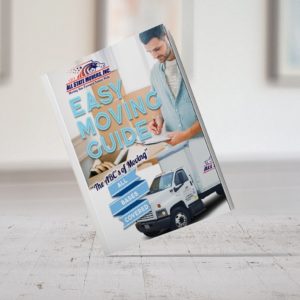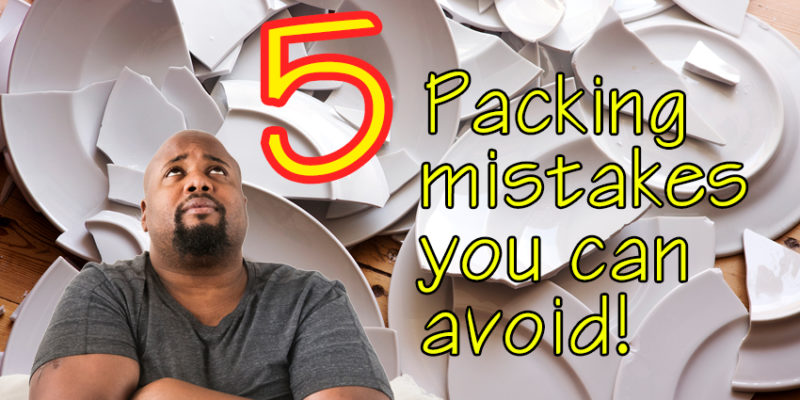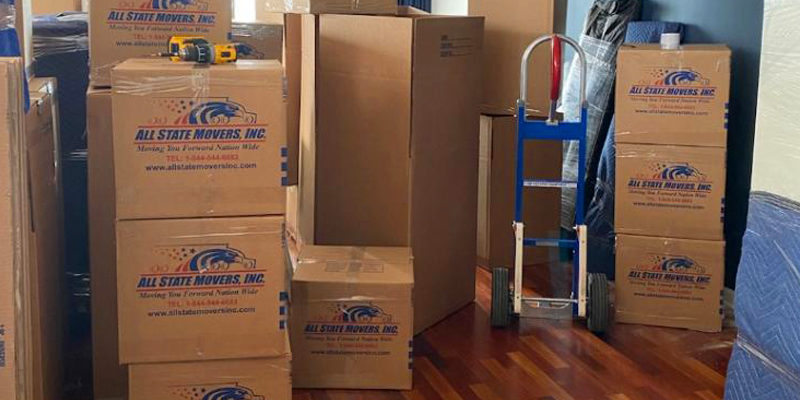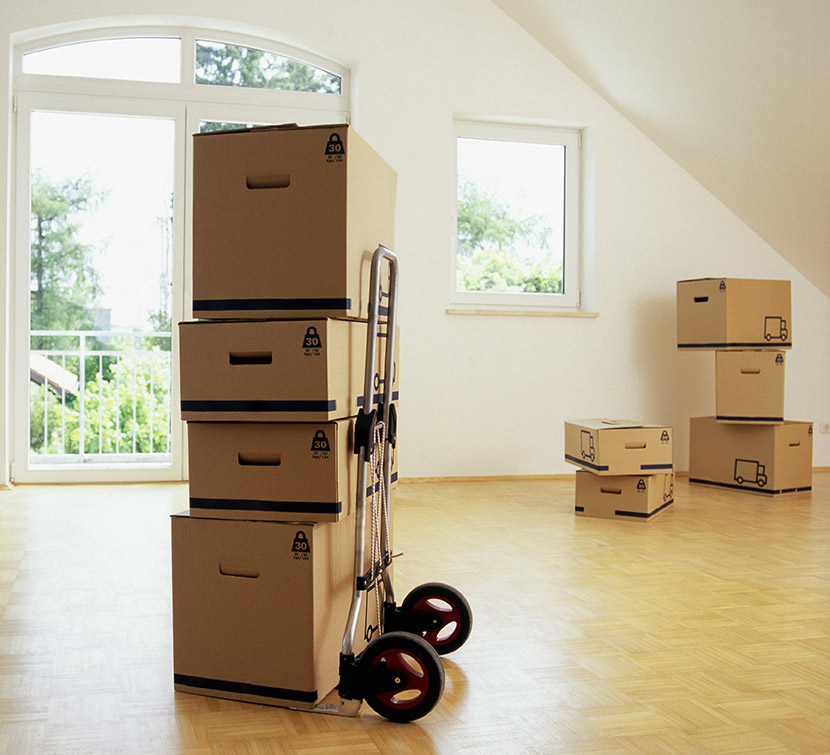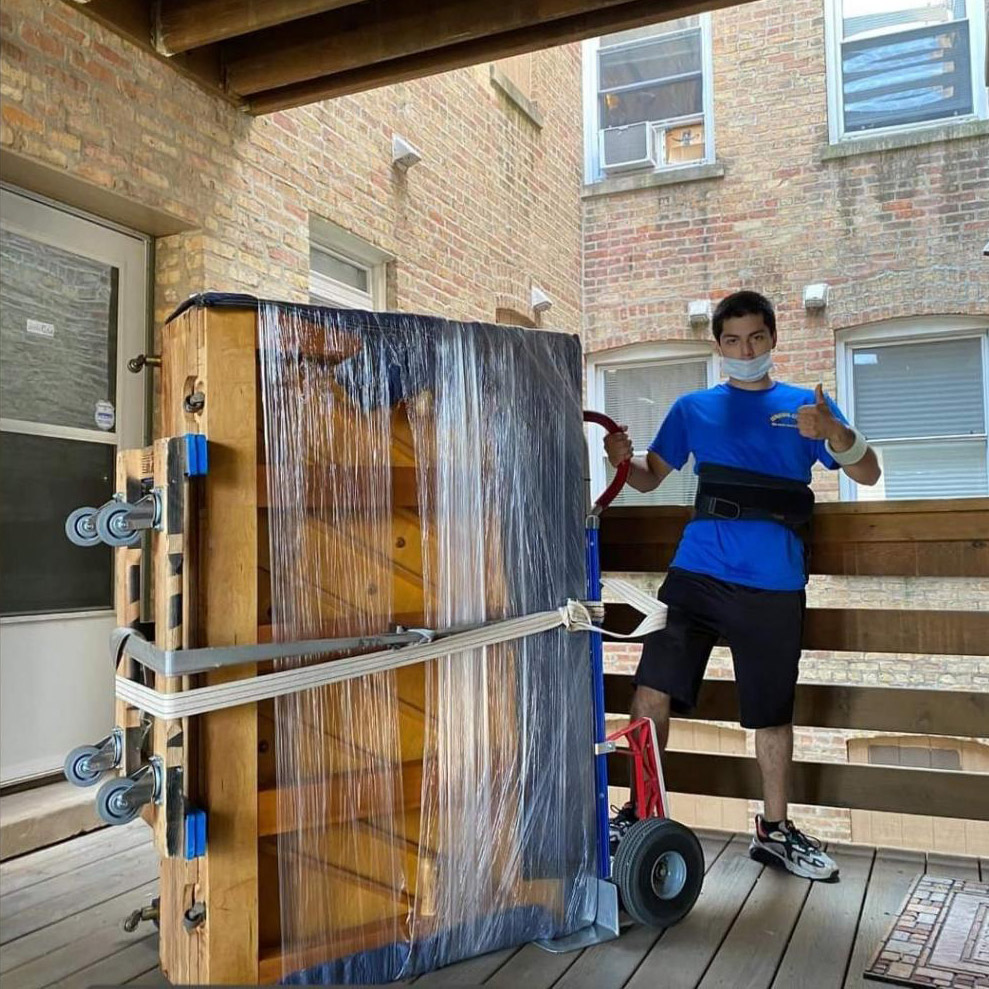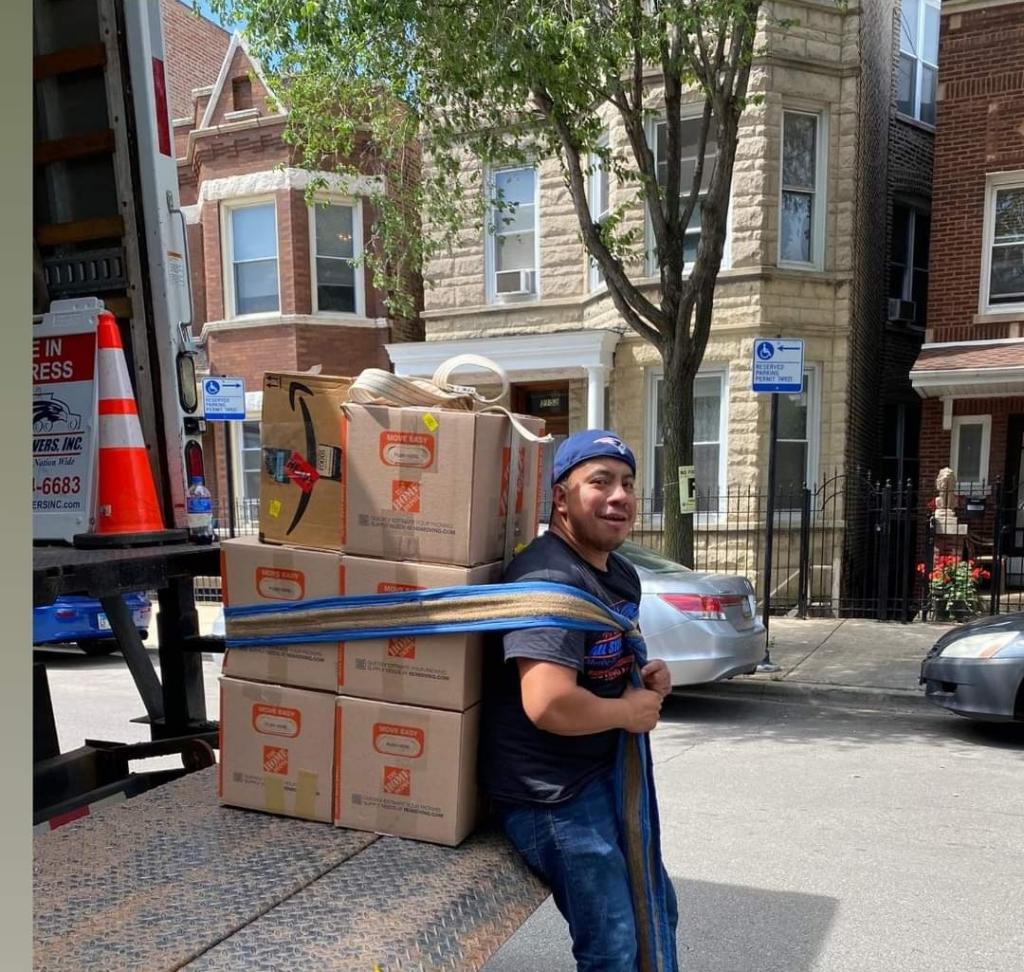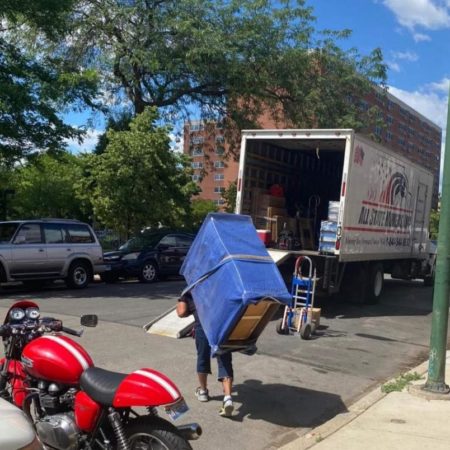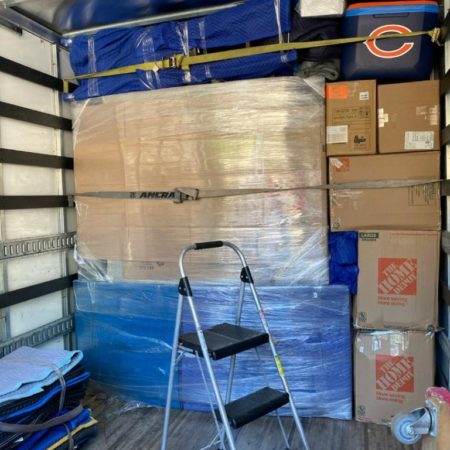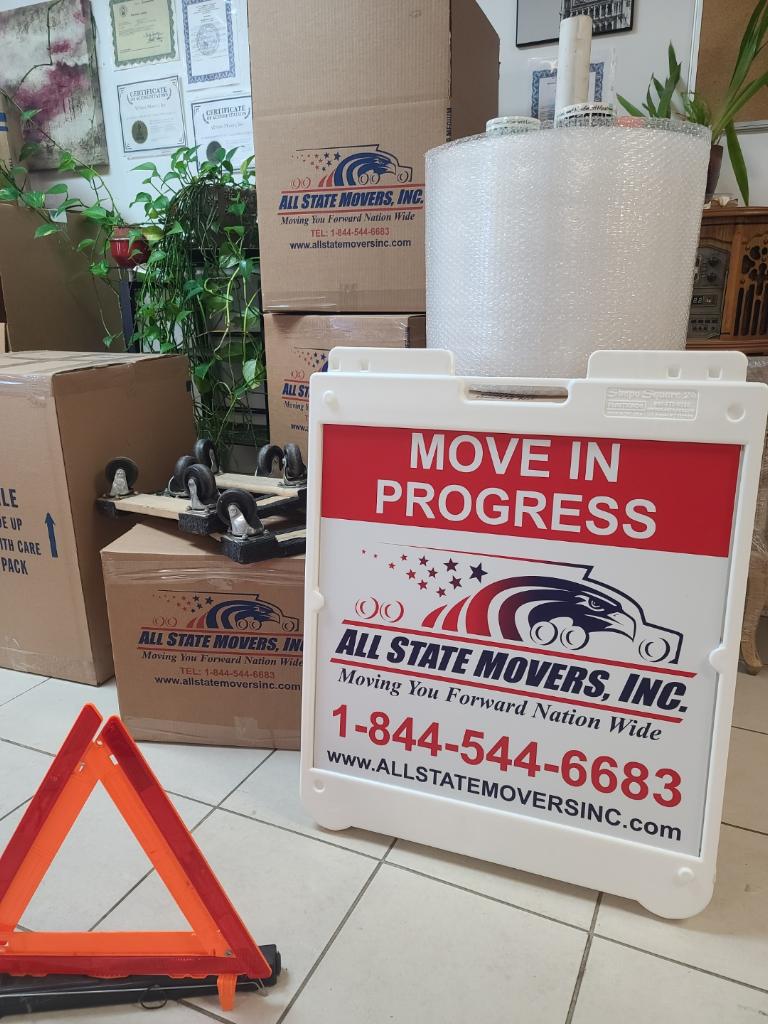1. Packing WITHOUT a plan
There are so many moving parts in an average house or apartment move, that if you just start throwing things in boxes a week before the movers are set to arrive, you are putting yourself at a disadvantage. It’s a good idea to have an overall plan *link* for your move that includes ample time for arranging logistics, coordinating locations and service people, and of course properly packing up your things for the move.
![]()
2. Not purging before you pack.
Not purging before you pack. Start going through your things early and determine the items that you are NOT going to be taking with you to your new location. You can sell, donate or give away items and clear out your house before you start packing, making it much easier with less overall items. Bonus: you won’t have to sift through unwanted things when you get to your new place!
3. Don’t pack boxes TOO HEAVY.
It may seem easier and quicker just to try to fit as much in one box as possible, or packing a lot of heavy things (like books) in the same box because they go together, but this is a recipe for trouble. Over packed boxes are more prone to breaking open, harder to move and increase the risk of damaging the items inside or even causing an injury!
To make things simple, follow this rule of thumb:
HEAVY items go in SMALLER boxes. Things like books, metal objects, heavier wood etc.
LIGHT items go in LARGER Boxes. These would include things like blankets, pillows and linens.
4. Don’t pack dishes flat!
PACK THEM VERTICALLY.
It can be tempting to just plop a stack of dishes or flatware in a box, since that is the the way that they usually sit in your cupboard, but it is not the best way by a long shot. The increased cumulative weight of each dish stacked horizontally amplifies the shock of each bump or rut in the road and can make them very vulnerable to cracking, even if wrapped.
To properly pack your dishes, use a medium sized box that will comfortably accommodate the dishes, without being too large so they can move around a lot. Pad the bottom of the box with a layer of paper or bubble wrap. Next, wrap each dish individually in bubble wrap or a generous amount of newspaper to create padding between the dishes and place them VERTICALLY in the box, making sure the fit is just tight enough from end to end. Cover the top with another layer of paper or bubble wrap and make sure to completely fill all the voids in the boxes with packing paper or bubble wrap to avoid crushed / caved in boxes.
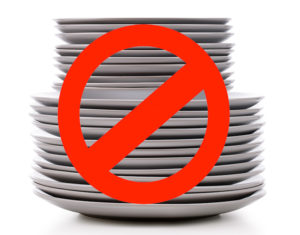
5. Don’t compartmentalize too much
Don’t feel you have to pack strictly by item type.
You will waste more time trying to organize items by specific categories, and when it comes time to unpack it will be more effort. A better way is to pack your boxes according to where the items came from. For example, packing all the things in your “Bedroom Closet” and labeling the box(es) that way. It makes the unpacking work so much easier because you or the movers will know exactly where the box should go and everything will be in the same place.

BONUS: Avoid the ubiquitous “MISC” box labeling.
At some point in the packing process, you will inevitably be left withs try items that don’t really have a dedicated box to assign them to. That’s ok, but instead of simply writing “MISC” on the box, try to add an additional descriptor that will help you remember what’s in there. For example, “MISC. Kitchen, towels, gloves, containers” A couple extra seconds of writing can save you minutes later when unpacking and trying to remember what box something was put in.
